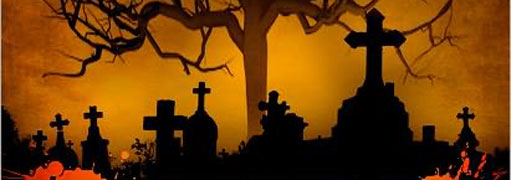Book Review: Seed, Demonic Possession And Creepy Kiddies
A Cajun-Flavored Sampling Of Things That Go Bump In The Night


Graveyards and trees—spooky
Latest Article|September 3, 2020|Free
::Making Grown Men Cry Since 1992


Graveyards and trees—spooky


